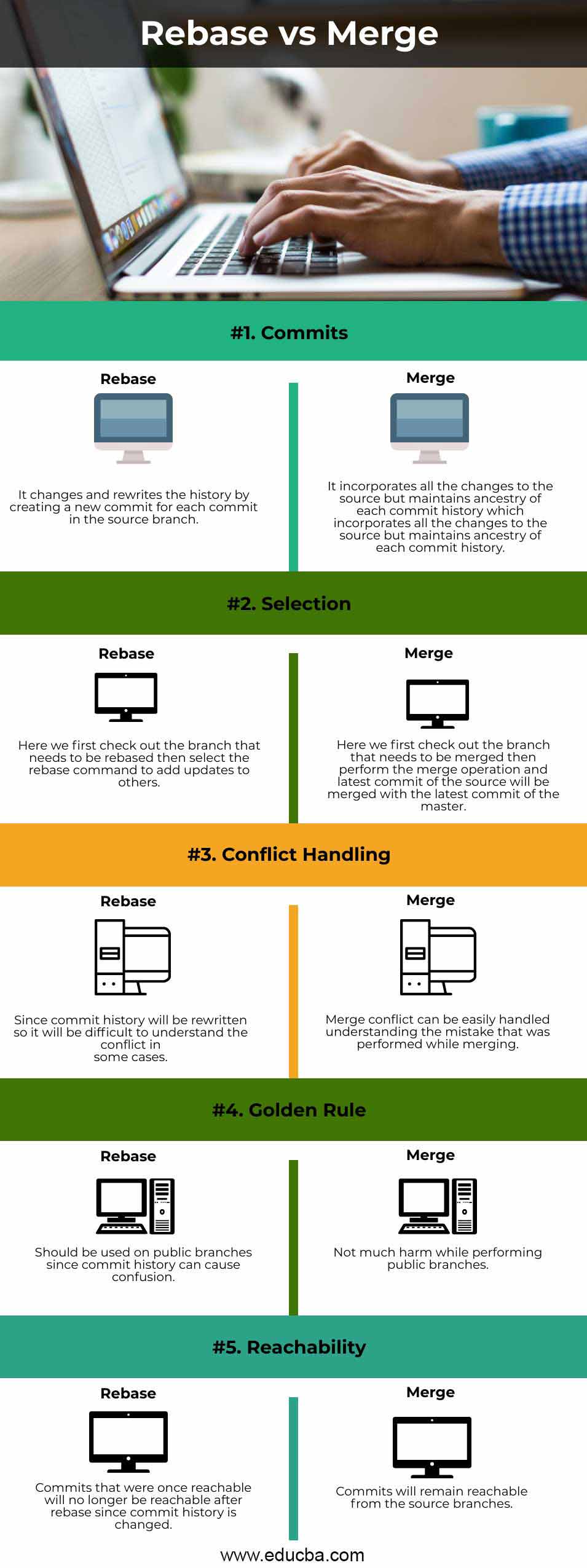
Say I have been doing work on a feature branch and I want to merge in the changes my teammates have made on the master branch. If you’re still confused, let’s look at an example. This is really important to get a grip on and can help you resolve conflicts much more quickly. In a rebase, you usually are working on a feature branch or locally unique version which you look at and think is “ours”, and which you want to port “theirs” into, but from git’s perspective in a rebase it’s actually the opposite. git rebase likely has an opposite idea than you do about which branch is “ours” vs. In a rebase, Branch A is considered “ours” ( git checkout -ours can be used in a conflict to get this version) because it’s where we started working from git’s perspective, and Branch B is considered “theirs” ( git checkout -theirs also exists) because from git’s perspective those are the “foreign” commits to port. For instance, you might rebase on top of master to catch your branch up to the current state of the world in your feature branch. That way, you can “catch up” to other branches by re-writing git history in your local git. Git rebase in its simplest form is a command which will “port” another branch (Branch A) into the branch where you are currently working (Branch B), by applying all of your unique commits from Branch B on top of Branch A and replacing Branch B with this revised version. What is it?įrom the man page: “git rebase: Forward-port local commits to the updated upstream head”. Rebasing, like most of git, should be learned and applied to be useful - not feared or misunderstood - so if you’ve been bitten by rebase in the past, or are simply curious about how it can be used, hopefully I can persuade you here of its utility.

#Git rebase vs pull free#
Feel free to share your own rebase experiences in the comments. Indeed, previously I worked on a team where the mere mention of a rebase to the wrong team member could evoke howls of anxiety and protest. We get superstitious sometimes, and in the face of the brain-crushing complexity of modern computing, who wouldn’t? One fear I’ve noticed is of git (in general) and in particular of git rebase. In my workflow, I'd then force-push the changes up to GitHub before deleting my temporary work branch.Developers like to pretend that we’re analytical and make decisions based purely on logic but the truth is that, like most people, we’re creatures of emotion and habit first and foremost. git commitĤ) If you'd like to re-use your old branch, you can now reset it to your temporary branch created above. By default, Git will pre-fill your commit message with a helpful summary of where these changes came from – something that many tools like GitHub will pick up and continue to highlight in their interfaces. Have faith that this is the smallest possible number of conflicts as you're skipping the many in-between commits you've originally created.ģ) After fixing all remaining merge conflicts, commit your changes with an appropriate message. git merge -squash feature_branchĪt this point, you might be getting a smaller number of unavoidable merge conflicts. This command will take all your changes squashed together and stage them without creating a commit. git checkout mainĢ) Pull in the changes from your ancient or messy feature branch. Let's walk through it.ġ) Pull the latest version of main and checkout a new branch based on it.

If you're usually using git rebase main, you might want to look into git merge -squash. We can get all your changes into a clean single commit ready for a pull request. If you made a real mess, you may have even merged master changes into your branch in between commits – and all hope seems lost. Now that you've returned, master / main have moved on and Git seems to be unable to successfully rebase your changes without throwing massive merge conflicts in your face. You made a bunch of commits on a feature branch right before going on vacation.

Felix Rieseberg Avoid Git Merge Conflicts During a Big Rebase github, git Photo by Ben Griffiths / Unsplash


 0 kommentar(er)
0 kommentar(er)
